Designing your home can be exciting, but it's easy to make mistakes. Some of these mistakes are very common and can cost a lot to fix. We want to help you avoid these problems before they happen. Here are the top interior design mistakes to watch out for, according to experts.
Key Takeaways
Choose furniture that fits the size of your room to avoid a cramped or empty look.
Good lighting is crucial. Mix different types of lights for a balanced and warm atmosphere.
Always think about scale and proportion. Furniture should match the size of your room and other pieces.
Remember that rooms need to be practical. Think about how you will use each space.
Have a plan and budget in place before you start decorating to avoid costly mistakes.
1. Too-Small Furniture
Choosing furniture that's too small for your space can make a room feel awkward and uninviting. It's crucial to select pieces that fit the scale of your room. For example, a tiny sofa in a large living room will look out of place and fail to provide enough seating.
To avoid this mistake, follow these tips:
Measure your room before buying furniture.
Consider the height, width, and depth of each piece.
Leave enough space for movement around the furniture.
Always remember, the right-sized furniture can make your room look balanced and comfortable.
By paying attention to the size of your furniture, you can create a more harmonious and welcoming home.
2. Improper Lighting
Lighting can make or break the atmosphere of a room. Bad lighting can sabotage even the most skillful decorating. Here are some common mistakes to avoid:
Using only one source of light
Choosing the wrong bulb colour
Placing lights at the wrong height
Good lighting involves layering different types of light: ambient, task, and accent. This creates a balanced and inviting space.
Remember, from too-high pendants to puny chandeliers, the right lighting can transform your home.
3. Ignoring Scale and Proportion
When decorating a room, it's crucial to consider the scale and proportion of your furniture and decor. Placing oversized furniture in a small room can make the space feel cramped and uncomfortable. On the other hand, too-small furniture can make a large room feel empty and uninviting.
To avoid this mistake, follow these tips:
Measure your space before buying furniture.
Choose pieces that fit well within the room's dimensions.
Mix different sizes of furniture to create balance.
Always remember, the right scale and proportion can make a huge difference in how a room looks and feels.
Ignoring these principles can lead to a room that feels off-balance and awkward. So, take the time to plan and measure, ensuring everything fits just right.
4. Neglecting Functionality
When designing a home, it's easy to get caught up in aesthetics and forget about how the space will be used. Functionality should always be a priority. A room might look stunning, but if it doesn't serve its purpose, it will quickly become frustrating.
Consider the following points to ensure your space is both beautiful and functional:
Think about the primary use of each room. For example, a living room should be comfortable for relaxing and entertaining.
Ensure there is enough storage to keep the space tidy and organised.
Make sure furniture placement allows for easy movement and access.
Choose materials and finishes that are durable and easy to maintain.
A well-designed home is one where form meets function seamlessly. Don't let the allure of aesthetics overshadow the importance of practicality.
By keeping these tips in mind, you can avoid the common mistake of neglecting functionality and create a home that is both stylish and liveable.
5. Overlooking the Importance of Lighting
Lighting is a crucial element in interior design that is often overlooked. Proper lighting can transform a space, making it feel warm and inviting or cold and unwelcoming. There are three main types of lighting to consider: ambient, task, and accent lighting.
Ambient lighting provides overall illumination and sets the general mood of a room.
Task lighting is focused on specific areas where activities like reading or cooking take place.
Accent lighting highlights particular features or objects, adding depth and interest to a space.
Neglecting any of these can result in a poorly lit room that doesn't serve its purpose well.
Good lighting design is a relatively new profession that needs to be more understood. Its impact on the built environment and landscape can be huge, affecting both functionality and aesthetics.
To avoid this mistake, plan your lighting scheme early in the design process. Consider the natural light available and how it changes throughout the day. Use a mix of lighting types to create a balanced and functional environment.
6. Not Having a Plan
When it comes to interior design, not having a plan can lead to a chaotic and uncoordinated space. It's essential to have a clear vision before you start decorating. This means knowing what you want each room to look like and how you want it to feel.
Here are some steps to help you plan effectively:
Visualise Your Entire Home: Think about how each room will connect and flow with the others. This will help you create a cohesive look.
Identify a 'Goal Room': Choose one room to focus on first. This will be your starting point and can set the tone for the rest of your home.
Create a Mood Board: Collect images, colours, and textures that inspire you. This will help you stay on track with your vision.
Pick a Style: Decide on a style that you love and stick to it. This will make your home feel more unified.
Without a plan, you might end up with a mix of styles and pieces that don't work well together. Taking the time to plan can save you from costly mistakes and ensure your home looks its best.
7. Not Budgeting Properly
Creating a beautiful home can be exciting, but it's easy to get carried away and spend too much. Not budgeting properly is a common mistake that can lead to financial stress and unfinished projects.
Plan Your Budget
Before you start, make a list of everything you need. This includes furniture, paint, and decorations. Check the financing options available with Amazon, American Express, Mastercard, PayPal, and Visa. This will help you understand how much you can afford to spend.
Track Your Spending
Keep an eye on your expenses. Write down every purchase and compare it to your budget. This way, you can avoid surprises and stay on track.
Save for Big Items
Some items, like a new sofa or a chandelier, can be expensive. Save up for these big purchases instead of buying them on impulse. Klarna offers a financing option with interest-free payment in 3 instalments, which can help you manage your money better.
A well-planned budget can make your dream home a reality without breaking the bank.
8. Failing to Establish a Focal Point
Creating a focal point in a room is essential for a balanced and visually appealing space. Without a clear focal point, a room can feel chaotic and disorganised. A focal point draws the eye and gives the room a sense of purpose.
To establish a focal point, consider these tips:
Choose a standout feature: This could be a fireplace, a large piece of art, or even a window with a view.
Use lighting to highlight: Proper lighting can make your focal point pop. Think about using luxury chandeliers and lighting fixtures for every room.
Arrange furniture around it: Position your furniture in a way that directs attention to the focal point.
A well-chosen focal point can elevate your space with timeless elegance and make it feel more cohesive and inviting.
Remember, the focal point should be the star of the room, so avoid cluttering it with too many other elements.
9. Thinking Everything Has to Match
A common mistake in interior design is believing that everything in a room must match perfectly. While it might seem like a safe choice, it can make your space look dull and uninspired. Mixing different styles and textures can add depth and interest to your home.
Instead of buying a whole matching set of furniture, try to mix and match pieces that complement each other. This approach can make your room feel more dynamic and personal. For example, pair a modern sofa with a vintage coffee table or mix different types of chairs around your dining table.
Combine various materials like wood, metal, and fabric.
Use a mix of colours that work well together rather than sticking to one shade.
Incorporate different patterns and prints to add visual interest.
Remember, your home should reflect your personality and style, not just follow a strict set of rules. Don't be afraid to experiment and have fun with your decor choices.
If you need help, don't hesitate to contact support for assistance. They can offer advice on how to blend different styles effectively. Also, keep an eye out for special offers, like a buy 3 get 1 free offer on bulbs, which can help you save money while enhancing your home's lighting.
10. Using Too Many Matching Pieces
One of the biggest mistakes in interior design is using too many matching pieces. It might be tempting to buy a whole matching set when shopping, but this can make your space look boring and lack personality. Mixing different styles and textures can create a more interesting and inviting room.
Avoid buying furniture sets that are too similar.
Combine different materials like wood, metal, and fabric.
Use a variety of colours and patterns to add depth.
A room filled with too many matching items can feel more like a showroom than a home. Try to add unique pieces that reflect your personal style.
Remember, it's the unique touches that make a house feel like a home.
When decorating, it's easy to get carried away with matching pieces. Too many similar items can make a room feel boring and flat. Instead, mix different styles and textures to create a more interesting look. For more tips on how to elevate your home decor, visit our website.
Conclusion
Creating a perfect home involves avoiding common interior design mistakes. By paying attention to scale, functionality, and lighting, you can transform your space into a beautiful and practical haven. Remember, it's not just about making your home look good, but also ensuring it serves your needs. Plan carefully, choose wisely, and don't be afraid to edit your choices. With these tips, you can avoid costly errors and create a home that truly reflects your style and personality.
Frequently Asked Questions
What are some common interior design mistakes?
Some common mistakes include choosing furniture that's too small, improper lighting, ignoring scale and proportion, neglecting functionality, and not having a plan.
Why is lighting important in interior design?
Lighting sets the mood and can make a room feel warm and inviting. Poor lighting can make a space feel dull and unwelcoming.
How can I avoid choosing furniture that's too small?
Measure your space before buying furniture. Make sure the pieces you choose fit well and leave enough room for people to move around comfortably.
What does it mean to ignore scale and proportion?
Ignoring scale and proportion means not considering the size of furniture and decor in relation to the room. This can make a space feel cramped or empty.
Why is having a plan important in interior design?
Having a plan helps you stay organised and ensures that all elements of the design work together. It can also help you avoid costly mistakes.
How can I create a focal point in a room?
Choose one element, like a piece of art or a fireplace, to draw attention. Arrange furniture and decor around this focal point to make it stand out.




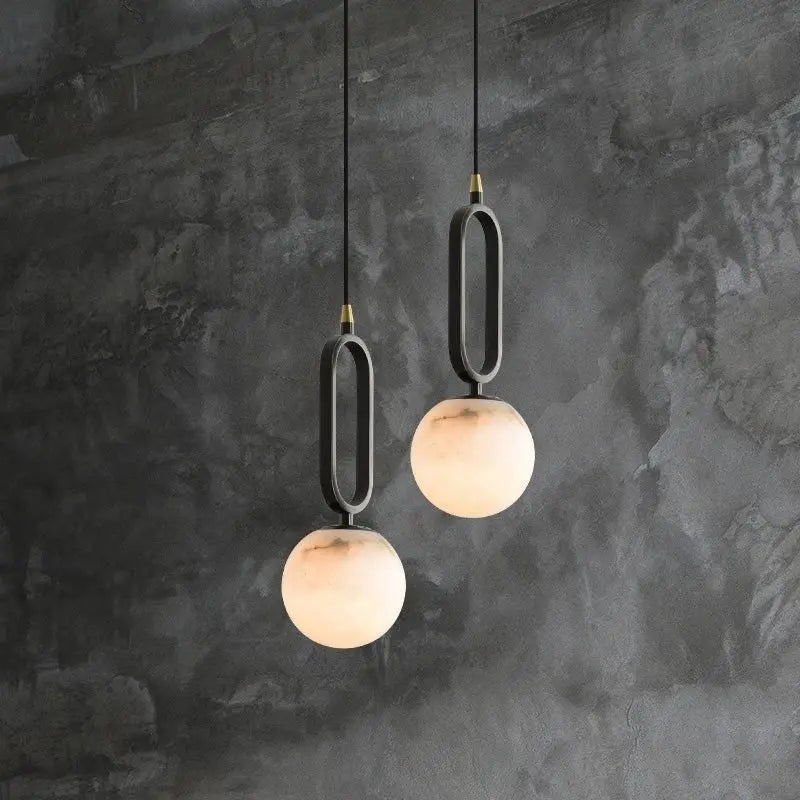
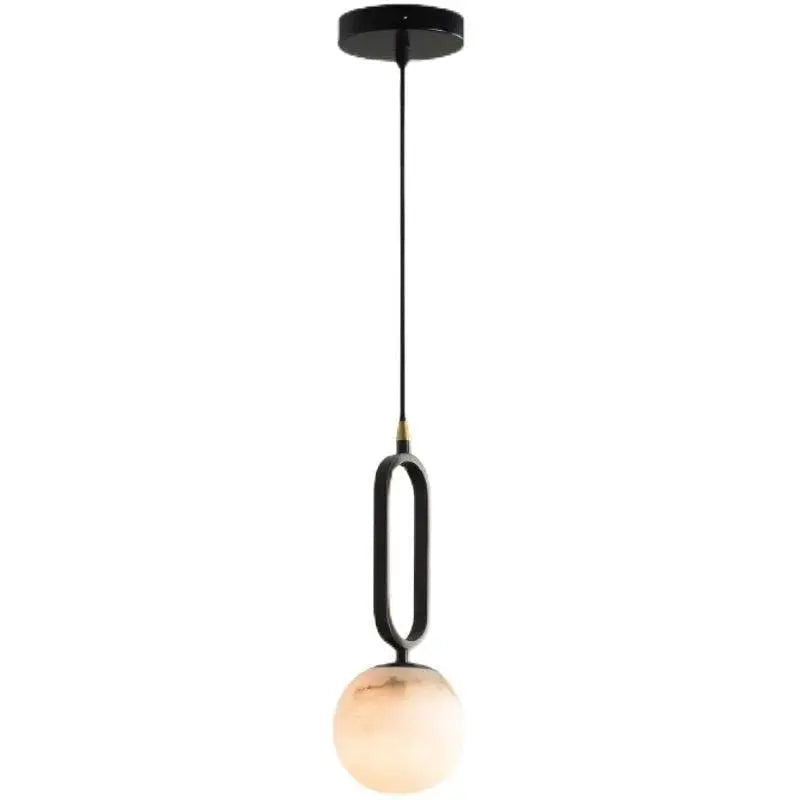

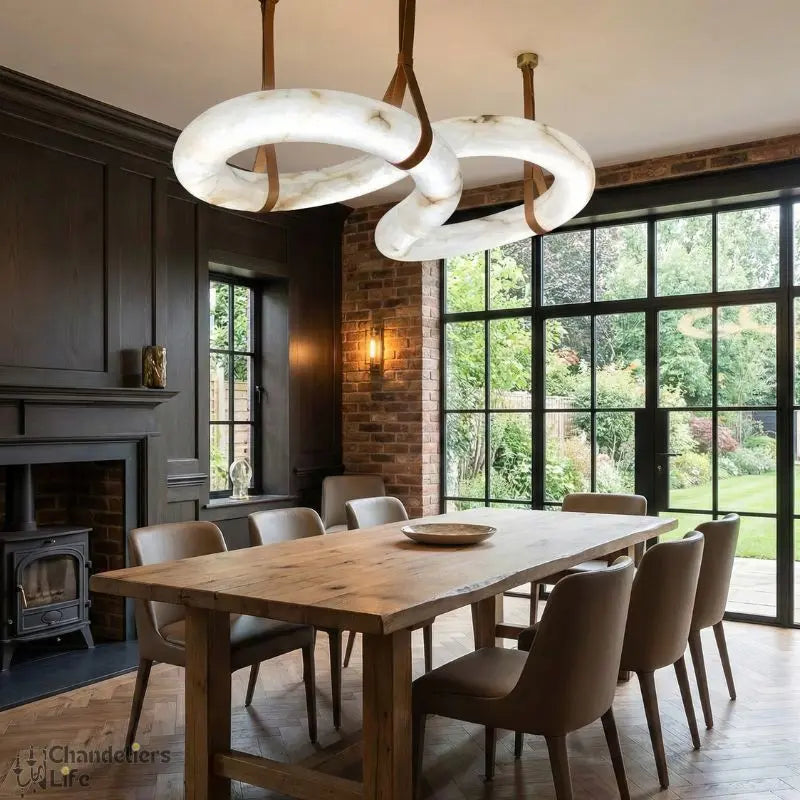






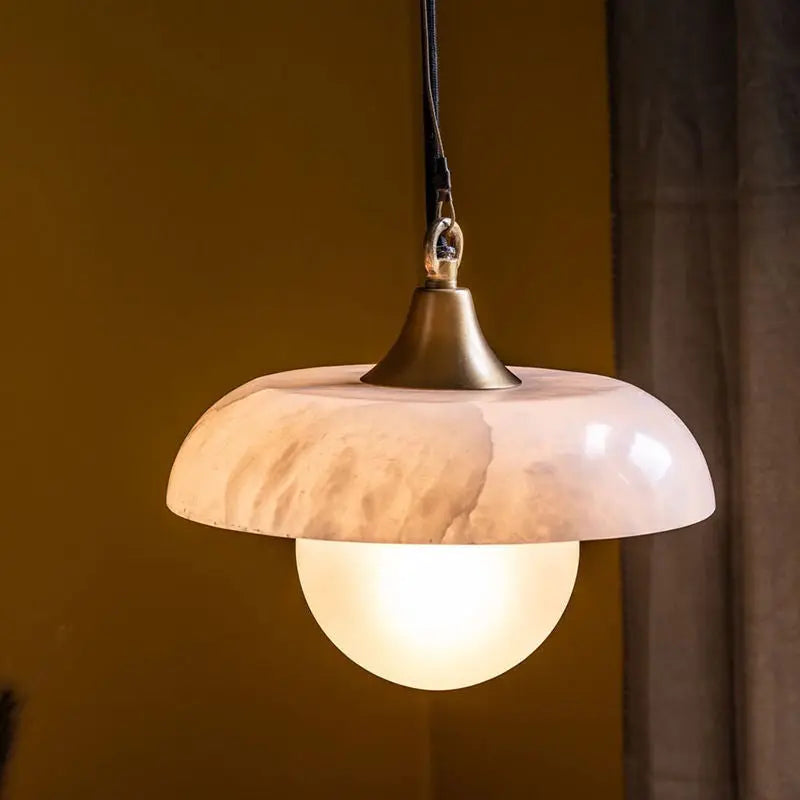

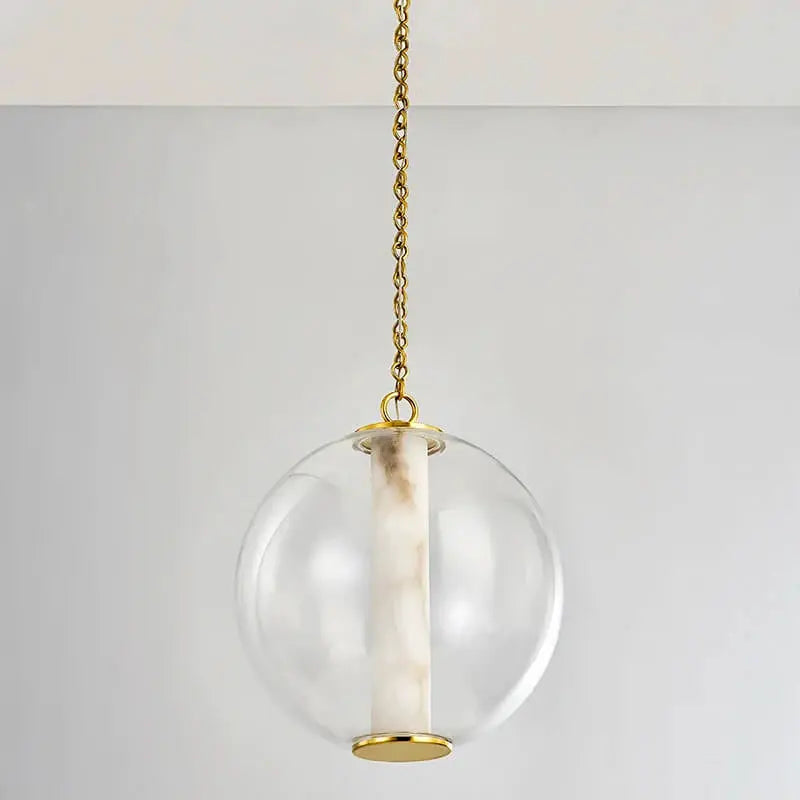

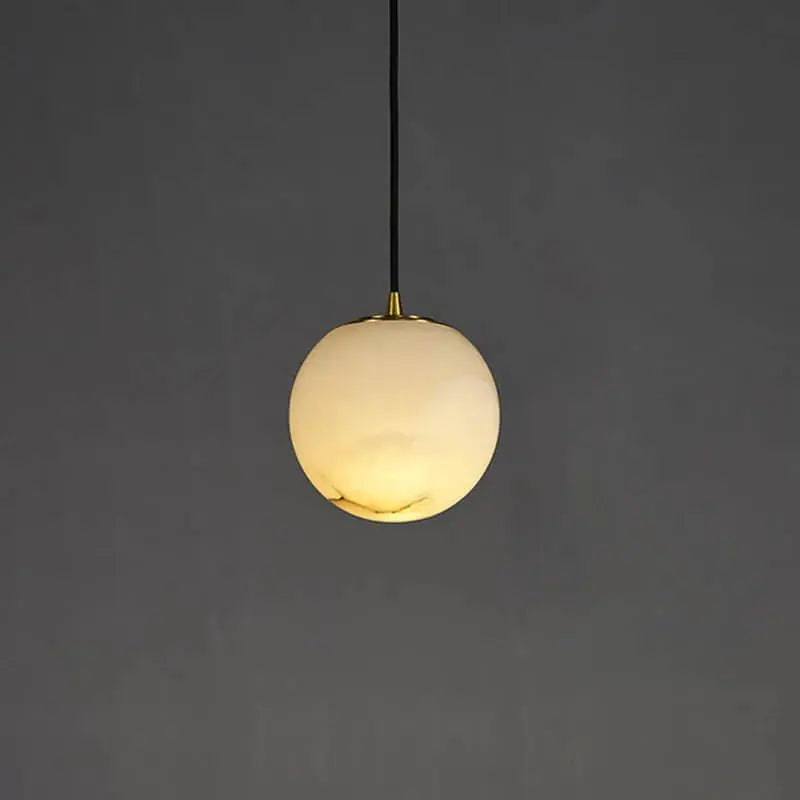
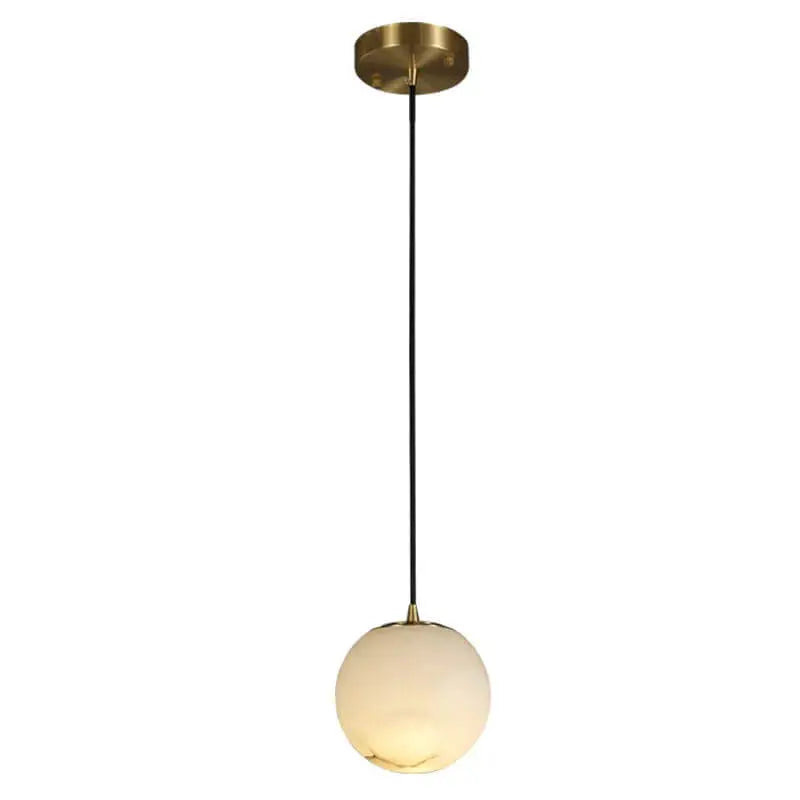
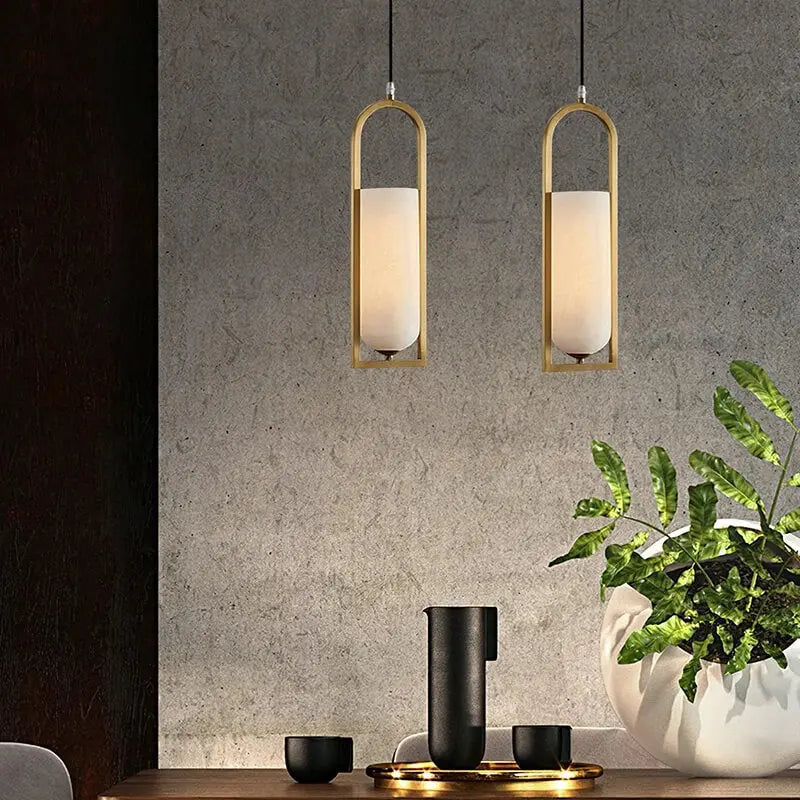
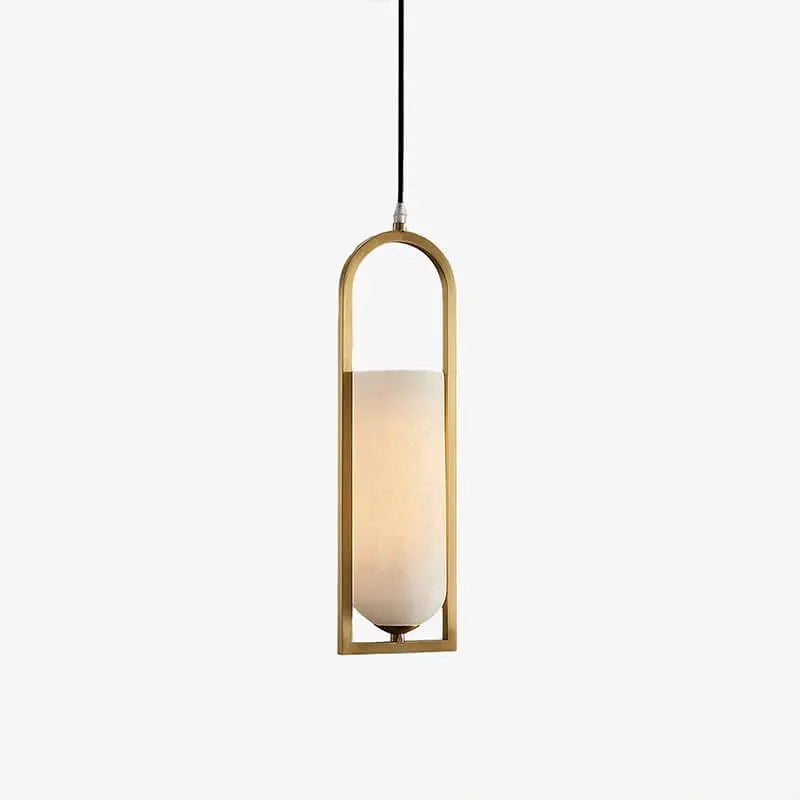






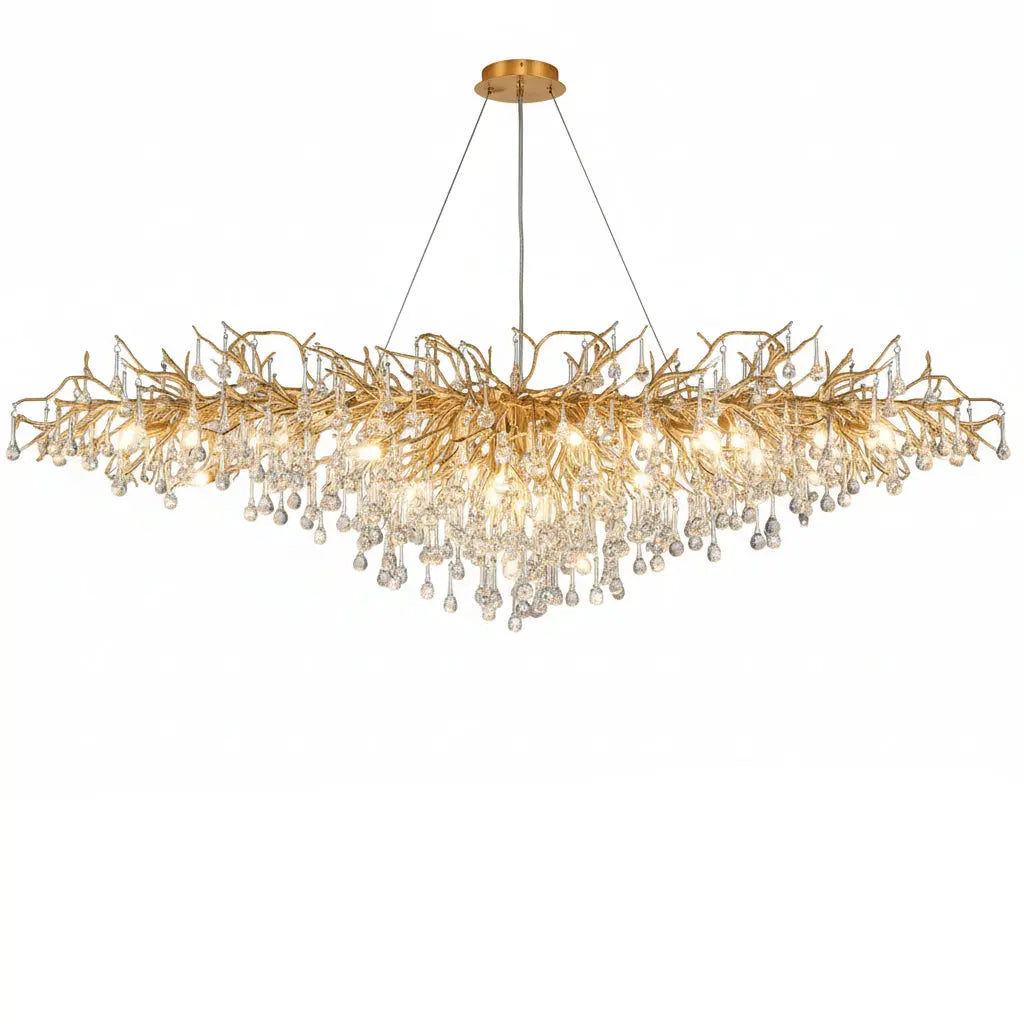
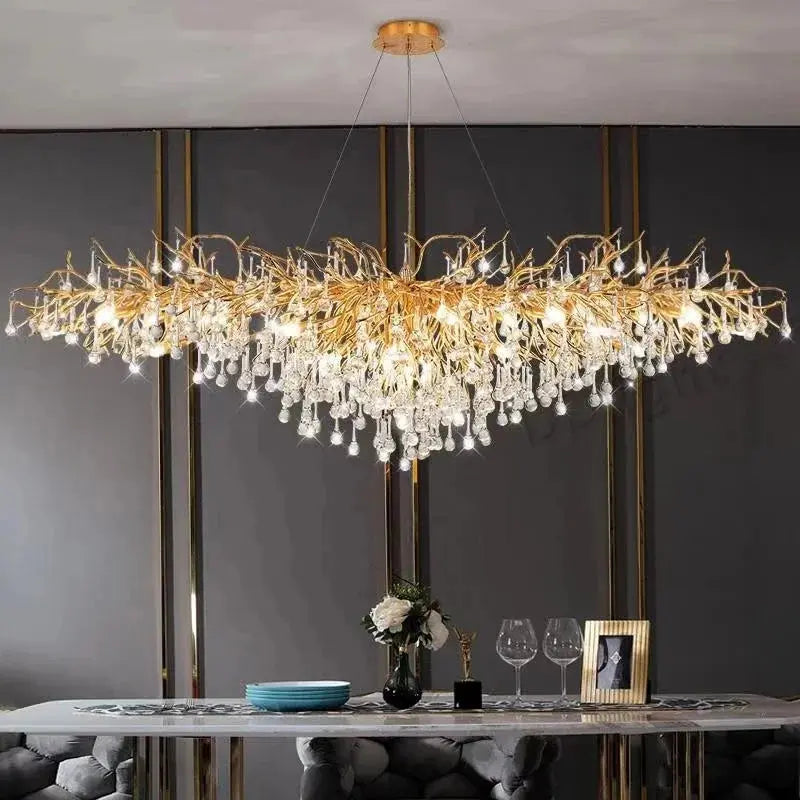


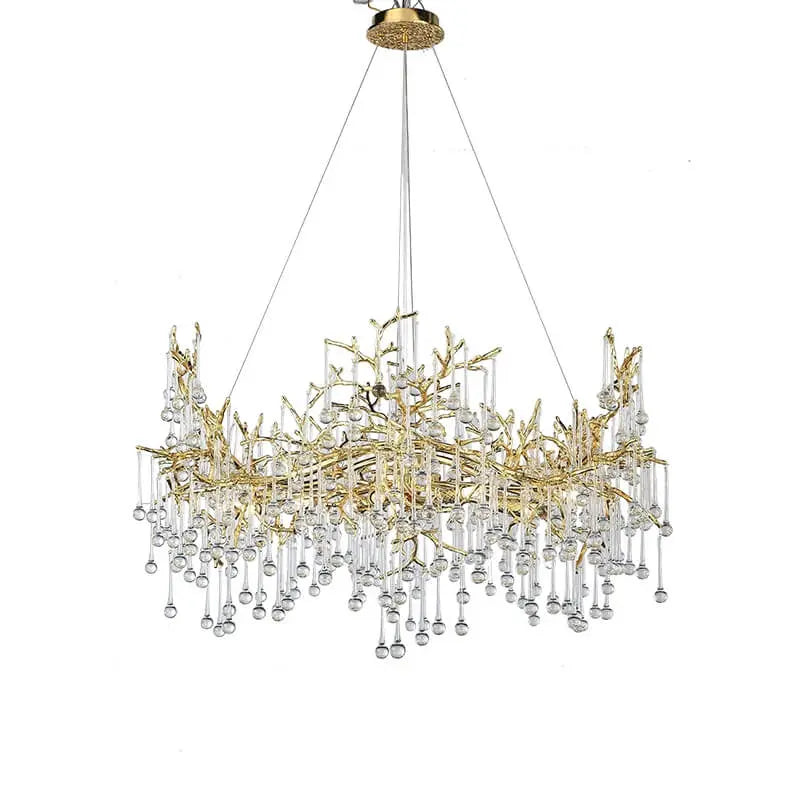
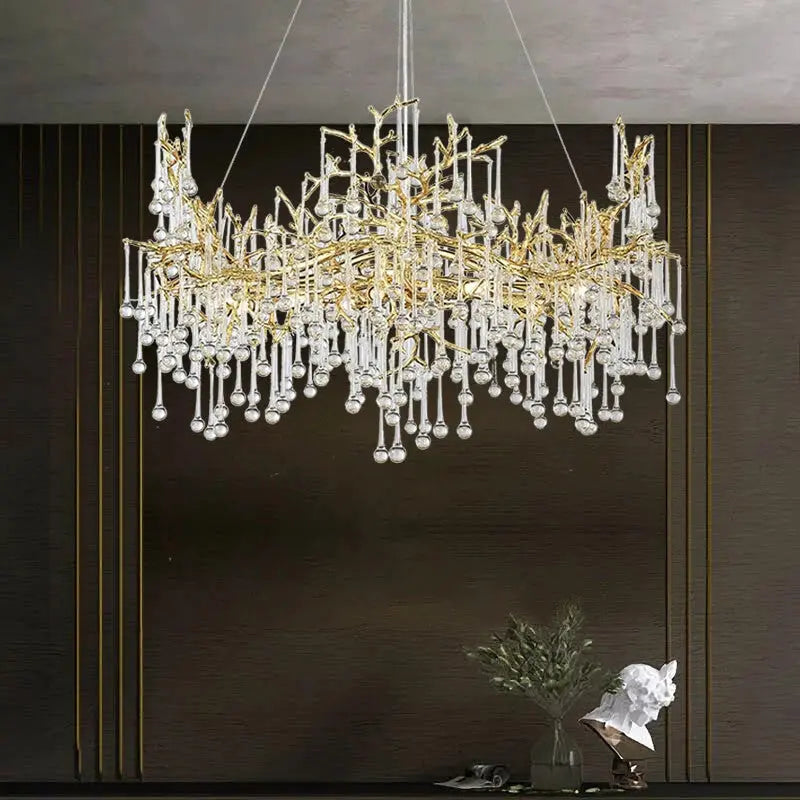
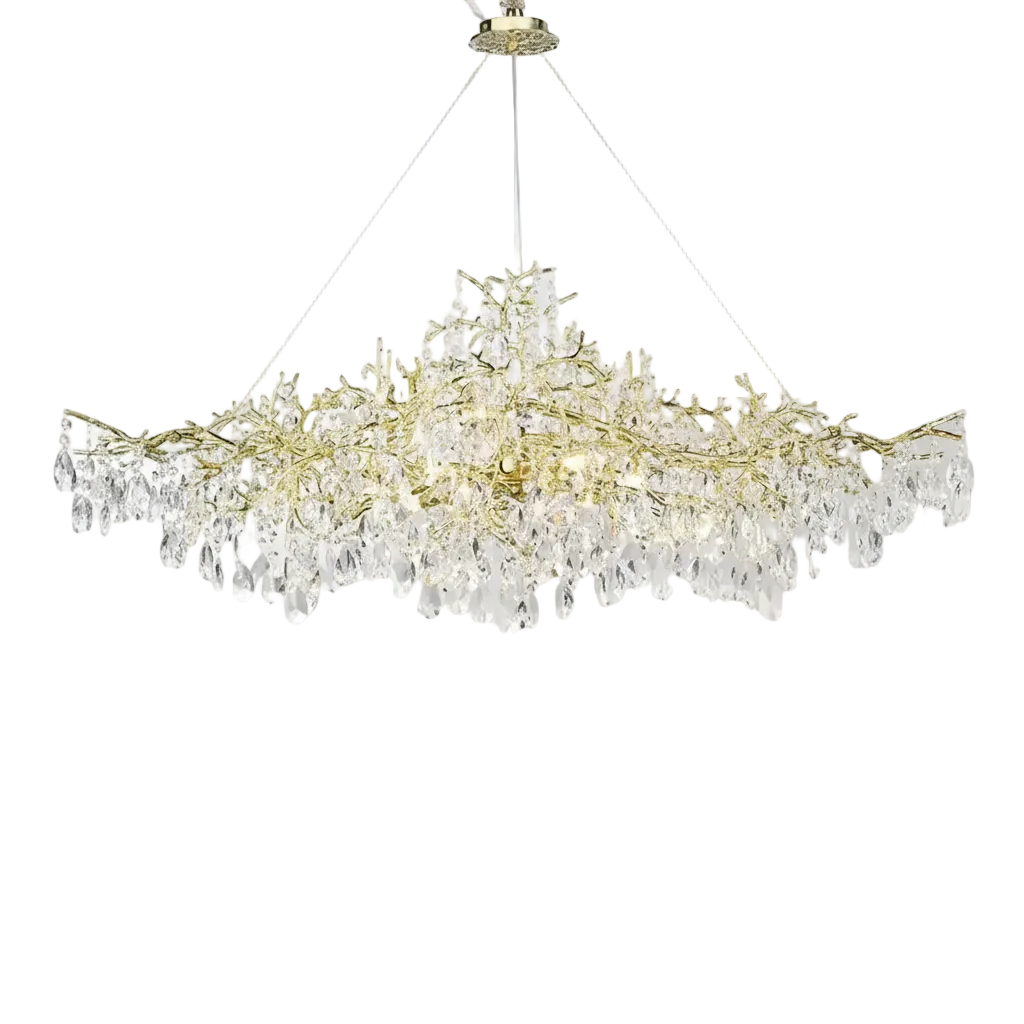
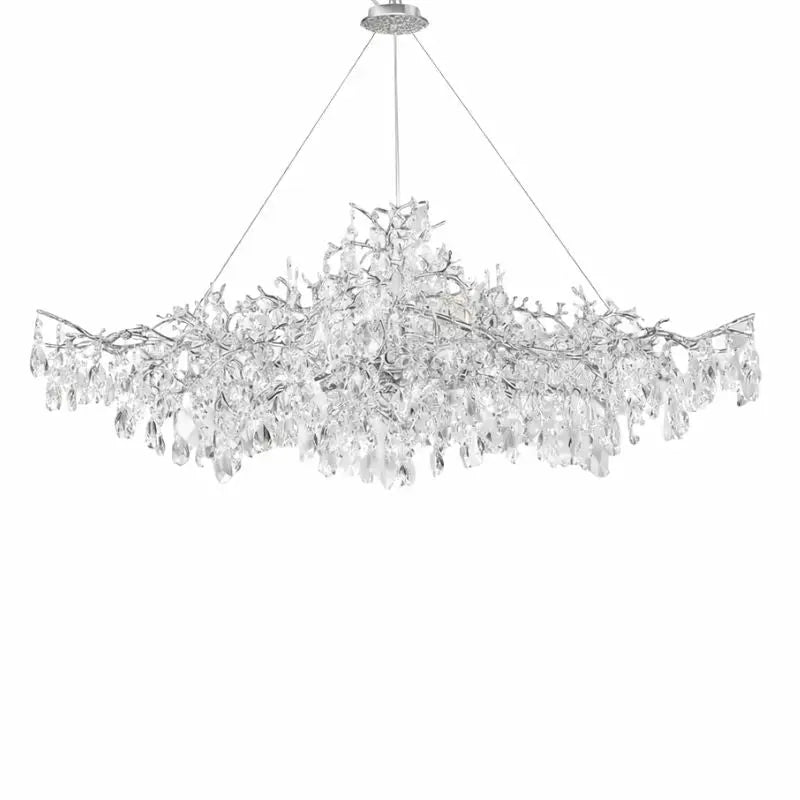
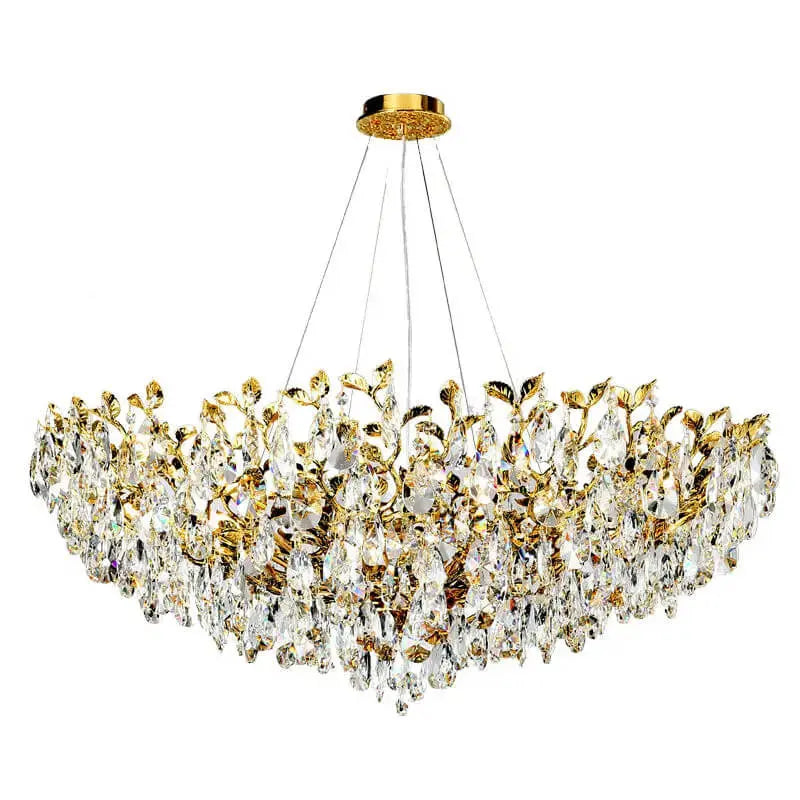
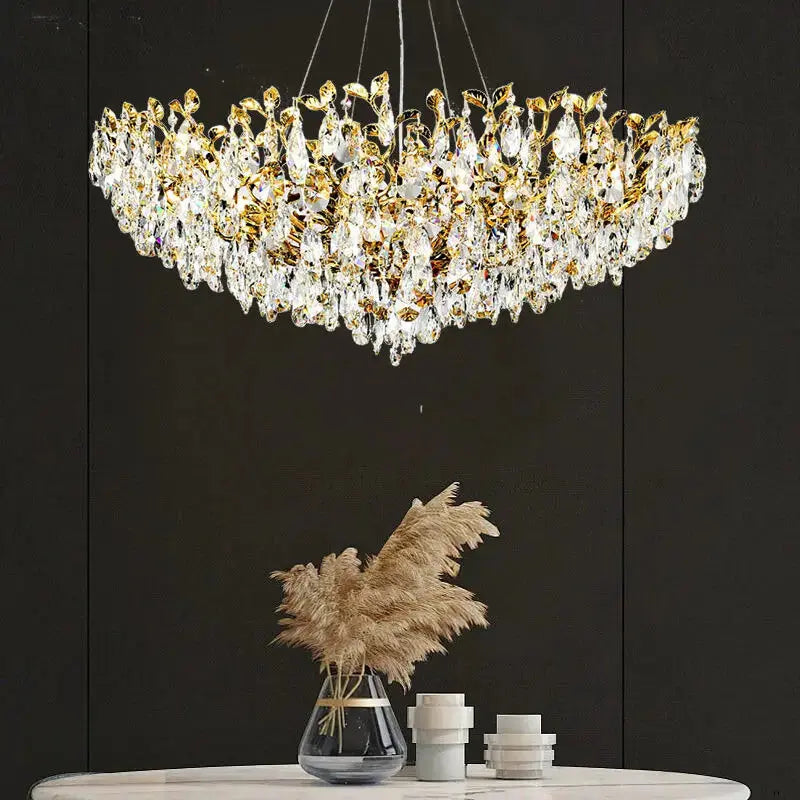
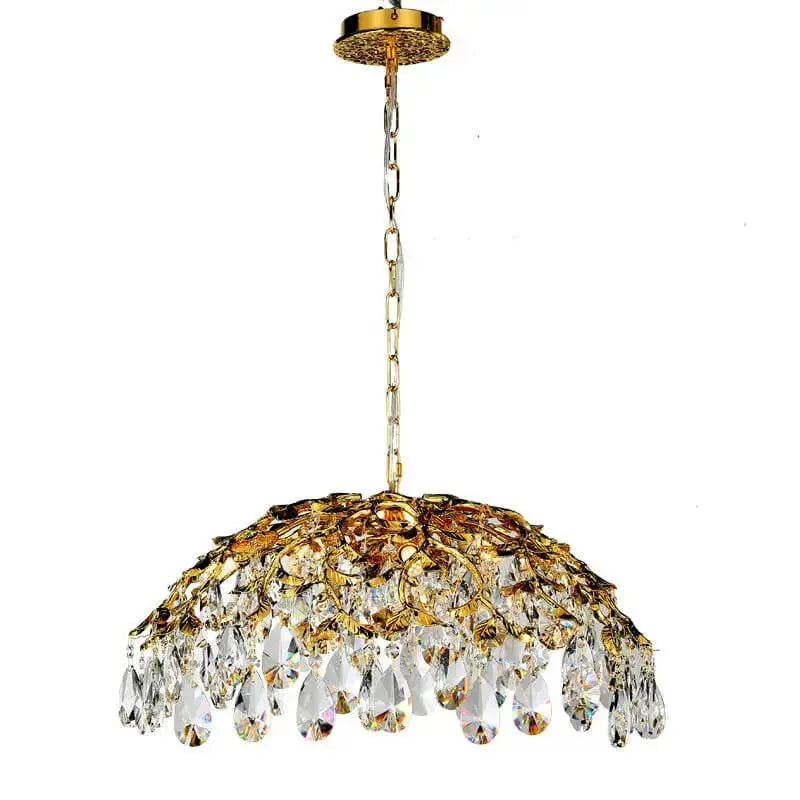
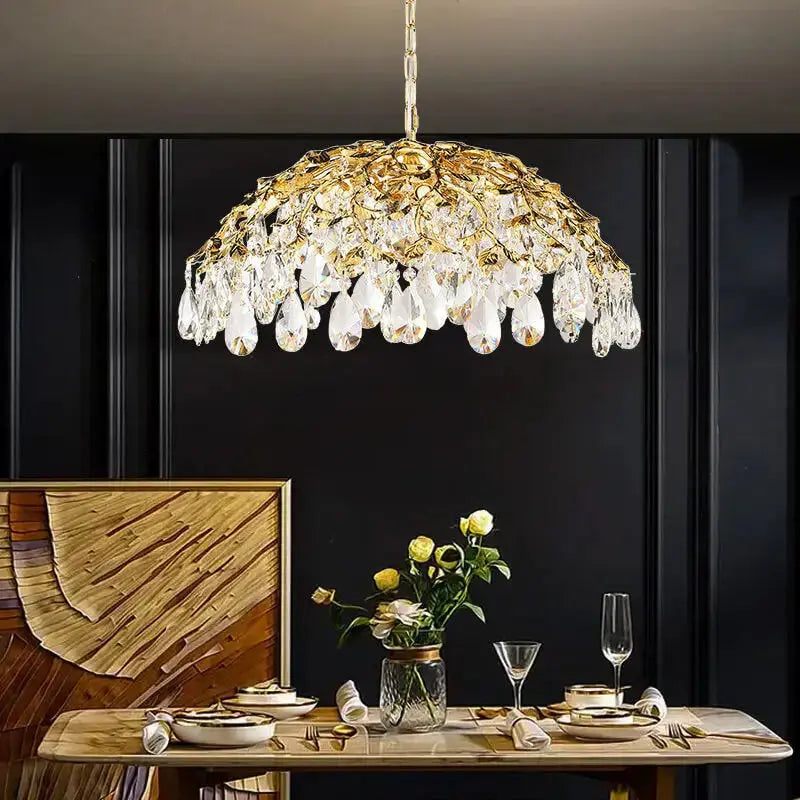
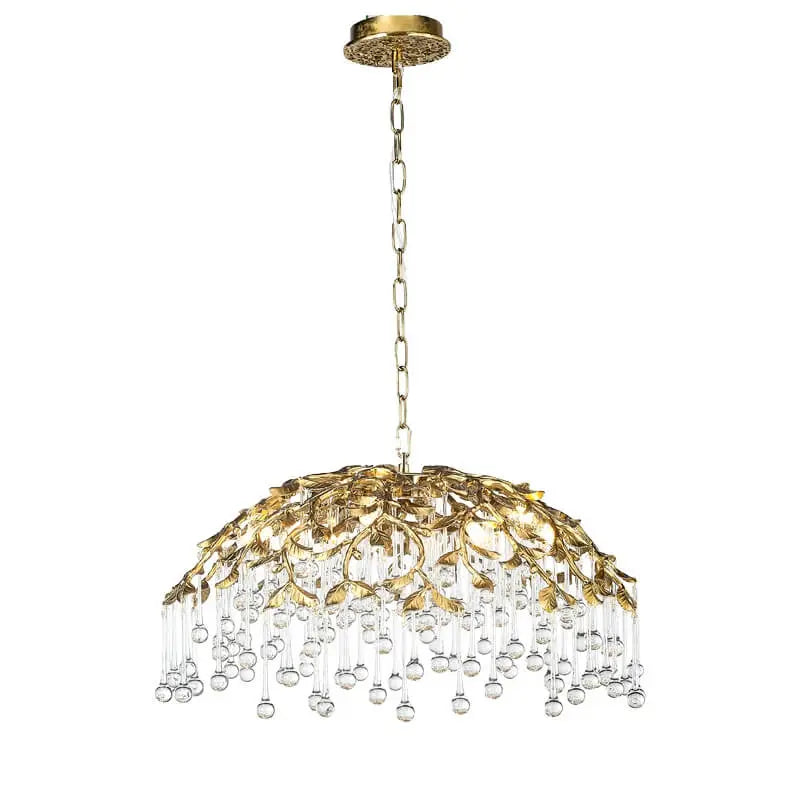
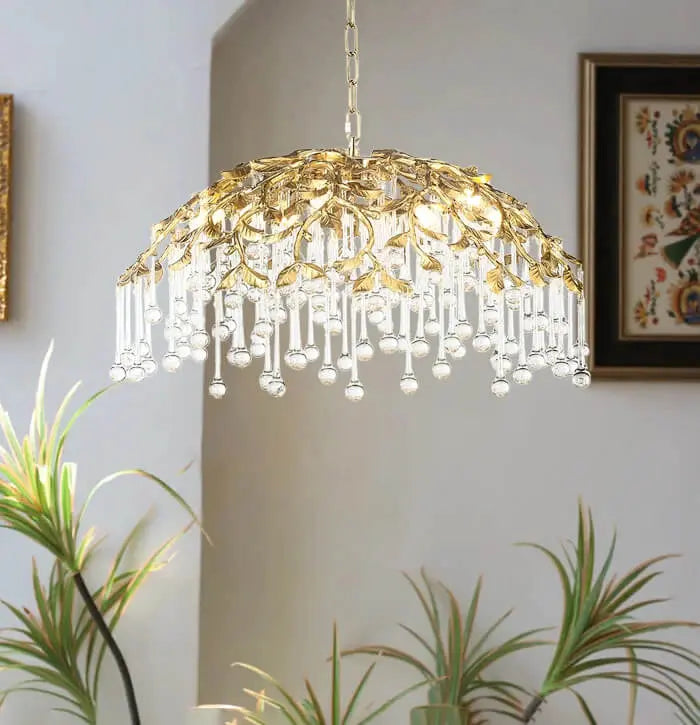
1 comment
Lu
I have had the worst experience with Home Depot and am unable to find anyone who cares. Help numbers in the Philippines is not. I want to talk to someone who cares about losing $1600 and a customer